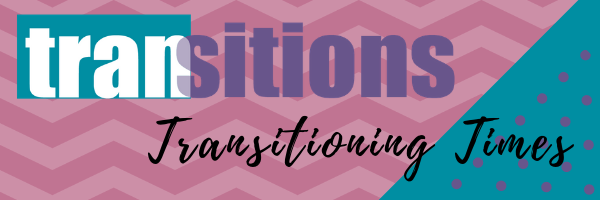Voyeurism...Is it Helpful?
Voyeurism can be a dirty word, especially in light of the stalking victims that we at Transitions see. However, I am referring to the voyeurism that happens when people allow themselves to be photographed, or when we see something in public that seems like it should occur in private--a fight, a spanking, a scolding, an insult.
Time Magazine recently published a photo essay "Photographer as Witness: A Portrait of Domestic Violence." I would strongly urge you to view this essay. Its images are powerful, and it has raised some important questions.
Many people making comments have expressed disgust at the photographer for idly standing by while Maggie, the subject, is abused physically, verbally, and emotionally. How would you respond? How have you responded? Have you ever seen something that maybe just didn't "sit right" with you? Have you ever intervened? Sometimes, when staff are in the community, we are asked what people should do when they see/know abuse is occurring. Unfortunately, there is not an easy answer to this question and it truly depends on your own comfort. It may be empowering to a victim to hear someone else tell her that she doesn't have to put up with it. However, it may put the victim in more danger. Perhaps discreetly handing her a Transitions brochure or telling her in the bathroom that it's not okay is a safer way to handle the situation. We cannot tell you when is the correct situation to intervene or whether it will do more help than harm. If you know someone personally, just telling her that you are available to talk may be just the thing she needed to hear. (As always, victims of domestic violence are both male and female, and the use of the female pronoun is only to make reading this easier and to reflect statistical accuracy.)
Beyond these questions of intervention, the photos bring up another question--Is it helpful to see what is often hidden? There is lots of evil in the world and most of it happens behind closed doors. Is it helpful to see--actually see--abuse occurring? Most of us have seen pictures of the aftermath of abuse (bruising, cuts, lacerations), but few of us see the abuse occur in the moment. The tension of these photographs make me very uncomfortable. They are riveting in fact. I looked at half of the essay yesterday and finished it today. Last night, I could not stop thinking about Maggie and Shane. All of the staff at Transitions hear accounts of abuse, almost all day long, but we are not there. We do not see the fear on the victim's face when her abuser raises his fist or starts to choke her. The emotions raised by these photographs are powerful. But, is this helpful overall? Do we need to see photos of abuse, violence, famine, war, for it to be real? I believe we do. Photographs convey a reality that words cannot. Words make up a story, but photographs show a person who exists in the same world you do. Even though these pictures are uncomfortable to look at, and I am sorry for all victims who have had to experience abuse, it is important for it to be documented. Someone must make these victims real for abusers, the court system, the criminal justice system, the legislators, and the public. Domestic violence is happening, and it needs to be stopped.



Comments
Post a Comment